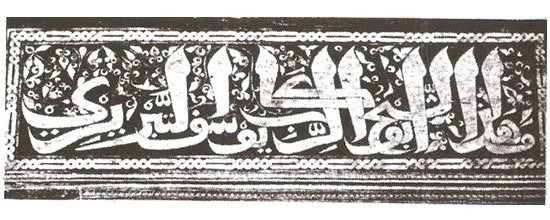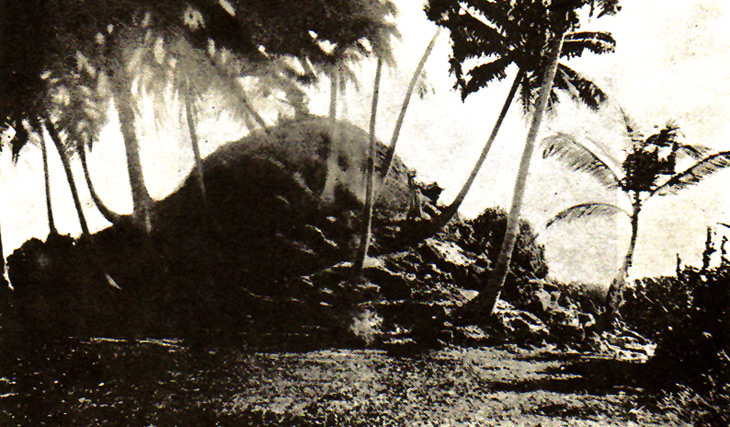|
Havitta
Havitta is a name used to refer the ancient Buddhist stupas in Maldives. The word ''Haviita'' is believed to have some affinities with the Sanskrit word Caitya used to refer Buddhist sacred places. Some of the famous Havittas in Maldives include Fua Mulaku Havitta and Vādū Havitta. References History of the Maldives Buddhist architecture {{Buddhism-stub ... [...More Info...] [...Related Items...] OR: [Wikipedia] [Google] [Baidu] |
History Of The Maldives
The history of the Maldives is intertwined with the history of the broader Indian subcontinent and the surrounding regions, comprising the areas of South Asia and Indian Ocean; and the modern nation consisting of 26 natural atolls, comprising 1194 islands. Historically, the Maldives had a strategic importance because of its location on the major marine routes of the Indian Ocean.. The Maldives' nearest neighbours are the British Indian Ocean Territory, Sri Lanka and India. The United Kingdom, Sri Lanka and some Indian kingdoms have had cultural and economic ties with the Maldives for centuries. In addition to these countries, Maldivians also traded with Aceh and many other kingdoms in, what is today, Indonesia and Malaysia. The Maldives provided the main source of cowrie shells, then used as a currency throughout Asia and parts of the East African coast. Most probably Maldives were influenced by Kalingas of ancient India who were earliest sea traders to Sri Lanka and the Maldive ... [...More Info...] [...Related Items...] OR: [Wikipedia] [Google] [Baidu] |
Sanskrit
Sanskrit (; attributively , ; nominally , , ) is a classical language belonging to the Indo-Aryan branch of the Indo-European languages. It arose in South Asia after its predecessor languages had diffused there from the northwest in the late Bronze Age. Sanskrit is the sacred language of Hinduism, the language of classical Hindu philosophy, and of historical texts of Buddhism and Jainism. It was a link language in ancient and medieval South Asia, and upon transmission of Hindu and Buddhist culture to Southeast Asia, East Asia and Central Asia in the early medieval era, it became a language of religion and high culture, and of the political elites in some of these regions. As a result, Sanskrit had a lasting impact on the languages of South Asia, Southeast Asia and East Asia, especially in their formal and learned vocabularies. Sanskrit generally connotes several Old Indo-Aryan language varieties. The most archaic of these is the Vedic Sanskrit found in the Rig Veda, a colle ... [...More Info...] [...Related Items...] OR: [Wikipedia] [Google] [Baidu] |
Fua Mulaku Havitta
Fua Mulaku Havitta is the ruin of a Buddhist chaitya whose main feature is its ruined stupa. The Havitta is located at the northeastern end of Fuvahmulah, Maldives in the historical area of hoadhadu ward of the island, after which it was named. Being the most important center of the Buddhist community in the pre-Islamic period, hodhadu was the last ward of the island to have accepted Islam. It was after the acceptance of Islam by the residents of hoadhadu ward that the Havitta was buried under a mound of sand and one of the temples in the area was converted into a mosque to be known as Gemmiskiy. This happened in the early 1200s under the leadership of Abu Bakr Naib, who completed the conversion process in Fuvahmulah started by his great grandfather Yoosuf Naib in the year 1145 CE. In 1922, when H.C.P Bell saw the ruin, the big Havitta was of about 40 feet in height. A smaller mound, about 15 feet in height, was located nearby. In 1982, their shapes had already been lost becaus ... [...More Info...] [...Related Items...] OR: [Wikipedia] [Google] [Baidu] |


